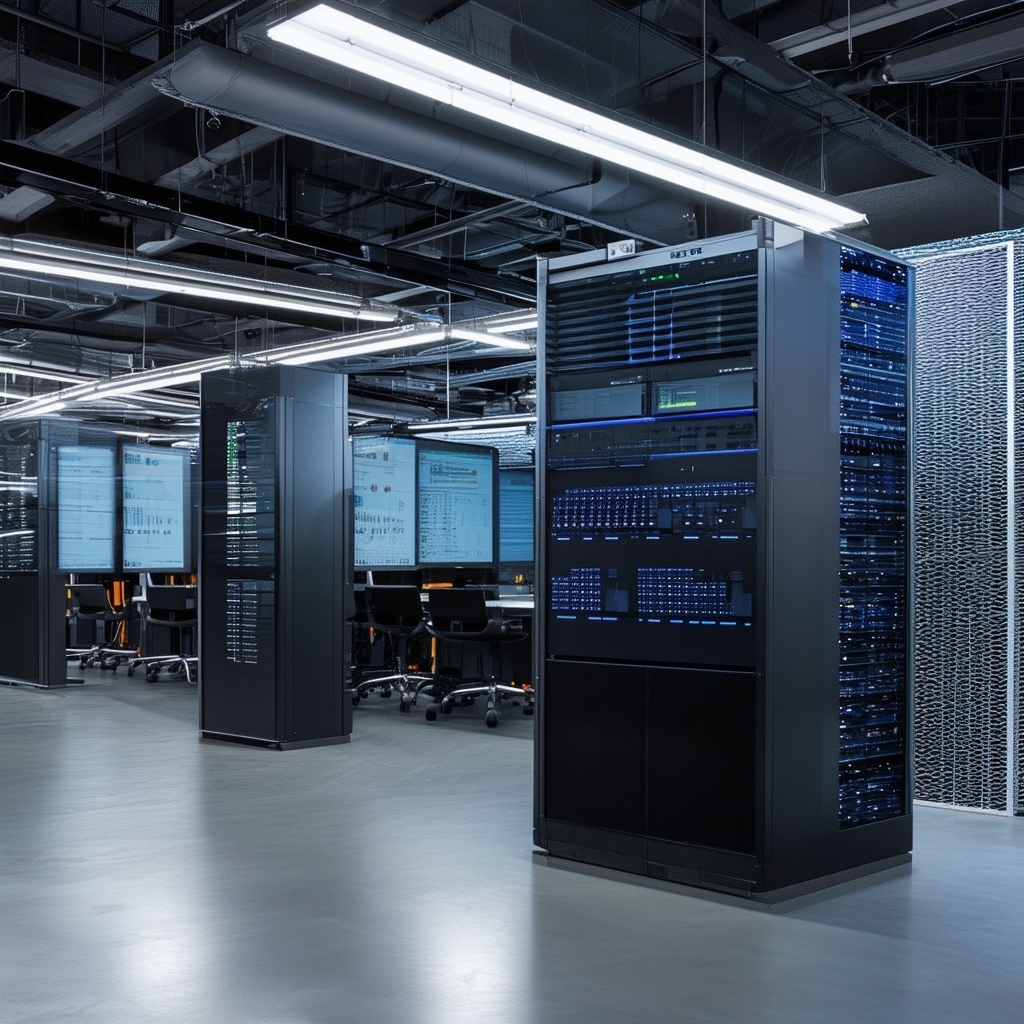
MXDR Platform Revolutionizes Cybersecurity with AI-Driven Risk Quantification
In the ever-evolving landscape of cybersecurity, organizations are constantly seeking innovative solutions to stay ahead of sophisticated threats. The emergence of Managed Extended Detection and Response (MXDR) platforms has revolutionized the way businesses approach cybersecurity. By leveraging artificial intelligence (AI) and advanced risk quantification techniques, MXDR platforms provide organizations with unparalleled visibility, threat detection, and risk management capabilities. In this blog post, we will explore how MXDR platforms are transforming cybersecurity and empowering organizations to make data-driven decisions to mitigate risks effectively.
Harnessing the Power of AI in Threat Detection
MXDR platforms harness the power of AI to detect and respond to cyber threats in real-time. By employing machine learning algorithms, these platforms can analyze vast amounts of data from various sources, including network traffic, endpoint activity, and user behavior. The AI models are trained to identify patterns, anomalies, and indicators of compromise, enabling the platform to detect even the most subtle and sophisticated threats.import tensorflow as tf
model = tf.keras.Sequential([
tf.keras.layers.Dense(128, activation='relu', input_shape=(num_features,)),
tf.keras.layers.Dense(64, activation='relu'),
tf.keras.layers.Dense(1, activation='sigmoid')
])
model.compile(optimizer='adam', loss='binary_crossentropy', metrics=['accuracy'])
model.fit(X_train, y_train, epochs=10, batch_size=32)
Contextual Risk Quantification
One of the key advantages of MXDR platforms is their ability to quantify cybersecurity risks in a meaningful and actionable manner. By leveraging AI-driven risk quantification models, these platforms assess the likelihood and potential impact of cyber threats, taking into account various factors such as the criticality of assets, the effectiveness of existing security controls, and the organization's risk appetite.def calculate_risk_score(likelihood, impact):
risk_score = likelihood * impact
return risk_score
def prioritize_risks(risks):
prioritized_risks = sorted(risks, key=lambda x: x['risk_score'], reverse=True)
return prioritized_risks
Automated Incident Response
MXDR platforms go beyond threat detection by providing automated incident response capabilities. When a potential threat is identified, the platform can trigger predefined playbooks and workflows to contain and mitigate the threat in real-time. This automation reduces the time required to respond to incidents, minimizing the potential impact on the organization.Continuous Monitoring and Threat Hunting
MXDR platforms provide continuous monitoring of an organization's IT environment, ensuring that any suspicious activity is promptly detected and investigated. Additionally, these platforms enable proactive threat hunting, allowing security teams to actively search for hidden threats that may have evaded traditional security controls.Integration with Existing Security Tools
MXDR platforms seamlessly integrate with an organization's existing security tools and infrastructure, such as SIEM systems, firewalls, and endpoint protection solutions. This integration allows for a holistic view of the organization's security posture, enabling security teams to make informed decisions based on a comprehensive understanding of the threat landscape.Compliance and Regulatory Support
MXDR platforms assist organizations in meeting various compliance and regulatory requirements, such as GDPR, HIPAA, and PCI DSS. By providing detailed reports, audit trails, and risk assessments, these platforms help organizations demonstrate their adherence to industry standards and regulations.
Scalability and Flexibility
MXDR platforms are designed to scale with an organization's growing needs. Whether an organization has a small IT environment or a complex, distributed infrastructure, MXDR platforms can adapt and provide comprehensive coverage. Additionally, these platforms offer flexibility in deployment options, allowing organizations to choose between on-premises, cloud-based, or hybrid implementations.

The adoption of MXDR platforms represents a significant leap forward in cybersecurity. By leveraging AI-driven risk quantification and automated incident response capabilities, these platforms empower organizations to proactively defend against cyber threats and make informed decisions based on real-time risk assessments. As the threat landscape continues to evolve, MXDR platforms will play a crucial role in helping organizations stay one step ahead of cybercriminals and maintain a robust security posture. By embracing the power of AI and risk quantification, organizations can confidently navigate the complexities of cybersecurity and protect their critical assets in the digital age.
SMIIT







.jpg)
